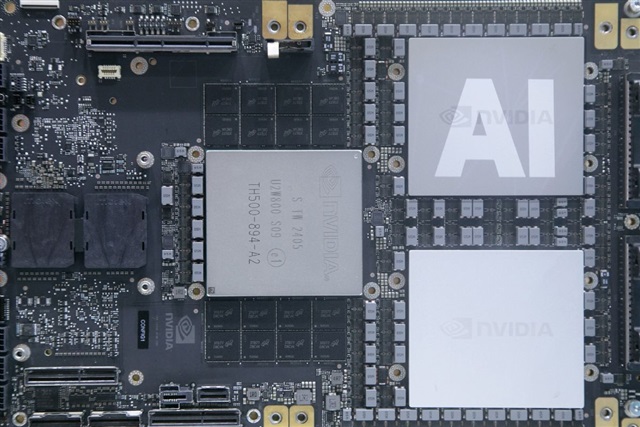The Trump administration's decision to allow Nvidia's H20 chips back into China has triggered a surge of urgent orders from major Chinese cloud providers, reviving not only Nvidia's outlook but also lifting sentiment across the AI semiconductor ecosystem. Peripheral chipmakers, especially IC design firms, are seeing fresh demand and renewed confidence as the supply chain recalibrates.
Industry sources say that beyond the short-term order bump, the bigger takeaway is geopolitical: Washington's stance on AI chip exports may be less rigid than feared. The move hints at room for negotiation between the US and China, easing tensions and giving chipmakers greater confidence when engaging with Chinese customers.
Demand extends beyond core GPUs
Although attention typically centers on GPUs from Nvidia and AMD, the export approval is also a tailwind for peripheral chip suppliers. Companies such as Broadcom, Marvell, Astera Labs, Texas Instruments, and Infineon are expected to benefit in key areas, including networking, high-speed interconnects, and power management.
Taiwanese chipmakers are also gaining ground. Weltrend Semiconductor, for example, has secured a role in AI server cooling systems with its motor driver chips. Rising demand for custom ASICs is further expanding opportunities for IC designers, ASIC specialists, and IP vendors within the AI hardware ecosystem.
Insiders note that cloud AI infrastructure demand was already strong, but access to the Chinese market reintroduces a powerful growth catalyst. If Nvidia and AMD can sustain consistent deliveries, especially to clients previously forced to seek offshore alternatives, peripheral chip suppliers are positioned for outsized gains.
Growth window may stretch to 2028 if geopolitics cooperate
Analysts now project that the cloud AI infrastructure cycle could stretch into 2027 or 2028. For Taiwan's small and mid-tier IC design firms still carving out their foothold, a prolonged window of growth could provide much-needed runway.
Still, the market is highly competitive, where performance and trust often trump cost advantages. Smaller firms face steep barriers in winning orders through pricing or rapid execution alone. Some acknowledge they may only gain traction once the market matures, unless the current demand surge proves more durable.
Yet the biggest risk remains geopolitical. US chipmakers warn that while the H20 reprieve offers short-term relief, Commerce Department rules remain intact, and the broader US-China relationship is far from stable. President Donald Trump's stance, along with uncertainties around Beijing's response, adds further unpredictability.
Any flare-up, such as a rare earth supply disruption, could quickly prompt renewed restrictions on chips like the H20. That's why Chinese customers are rushing to place orders, uncertain how long this export window will remain open.
Peripheral chip vendors, caught in the geopolitical crosshairs, are hoping for calmer waters. A more stable US-China relationship would offer the flexibility they need to scale operations and expand technical collaboration with Chinese partners.
Article edited by Jack Wu



